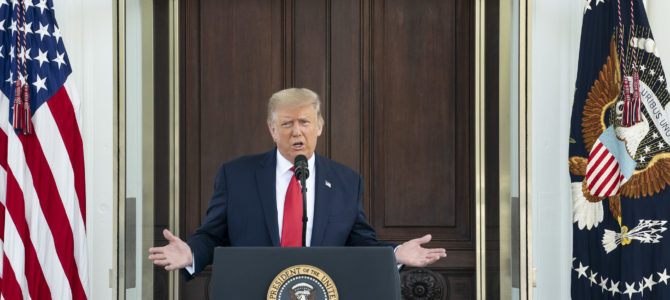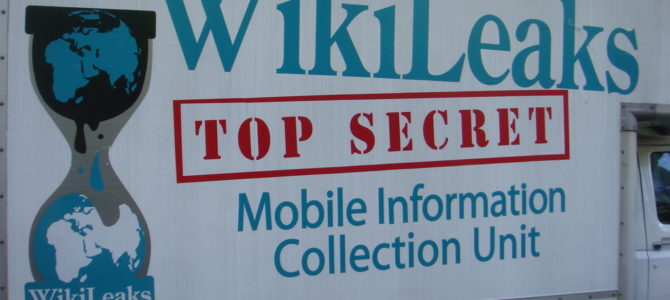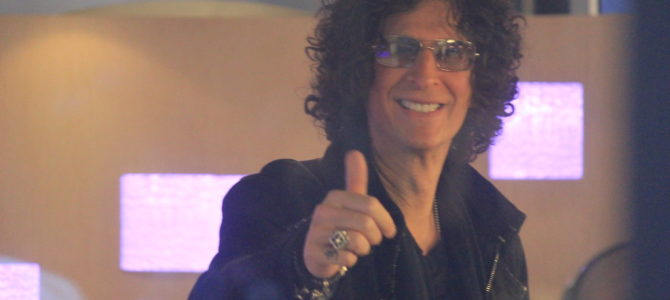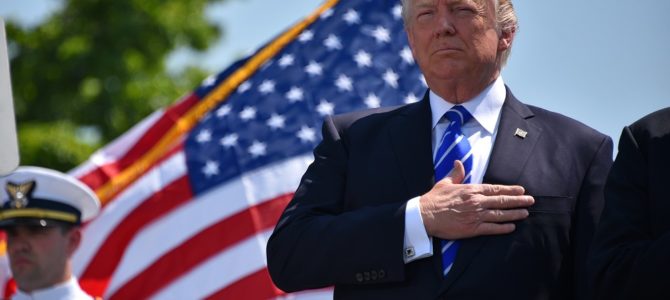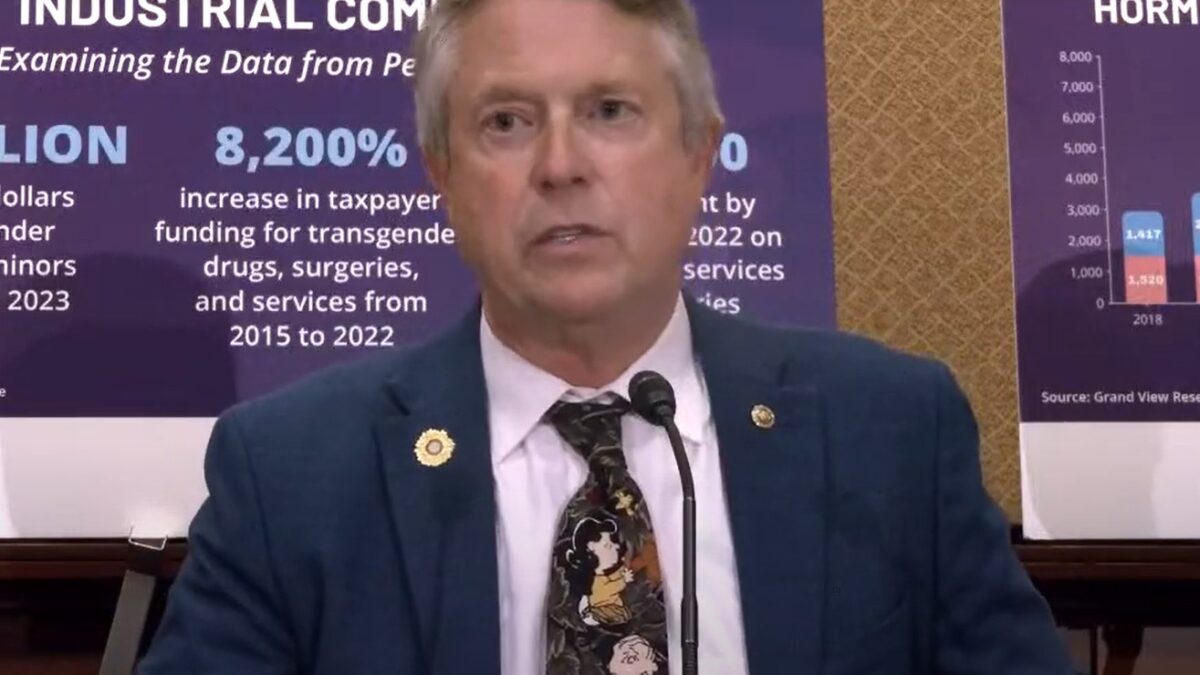
Prepare to be mindblown. A black dude is going to tell you why the GOP’s winning strategy is to focus like a laser on the white vote.
One key result of the increased polarization happening in America under President Obama is that Republicans have a chance to decisively capture the white vote in a historic fashion. In fact, the key to a Trump victory will be the white vote, not the Hispanic vote, the black vote, or any other vote.
Why? For one, the Democratic Party has already lost the white vote, and lost it big. Mitt Romney won the demographic by a whopping 59-39 landslide margin in 2012. Trump is leading it by similar margins. This is because the Democratic Party has decided that, due to the rising Hispanic and immigrant population—who vote about 80 percent Democratic—they no longer need the white vote to win, but rather can rely on favorable changing demographics to deliver elections.
This means Democrats are leaving white voters the wayside the same way they have ignored blacks for decades. The difference is that whites take notice and vote Republican in response. Black folks just keep voting Democratic.
Yet despite increasing white support for Republicans, Romney ultimately lost the 2012 race because minorities tend to vote Democratic as a bloc, and the white voter turnout he generated was not enough to overcome the minority vote that overwhelmingly and predictably came out against him.
So, to avoid a repeat of 2012, how much would Trump need in order to win? In short, Trump needs about 62 percent of the white vote to win the popular vote (in comparison to Romney’s 59 percent). More importantly, he would need to do between three and six points better on average than Romney did among white voters in the swing states, in order to win those states and thus win the election. That’s a tall order. But I argue it’s possible for several reasons.
1. People Are Excited to Vote for Donald Trump
Trump is a momentum generator. He far surpasses the excitement level of Romney in 2012. Indeed, voter turnout in the 2016 Virginia GOP primary broke 2012 turnout by more than a whopping 700,000 votes, and smashed the previous record set in the year 2000 by 50 percent. Trump shattered Romney’s 2012 numbers by similar margins in Ohio, and by large margins in other states.
In fact, Trump received more primary votes than any GOP candidate ever in history, despite being in a crowded field of 17 candidates, the largest pool ever. All this even though he spent very little on advertisements, get-out-the-vote efforts, or staffing. He’s also beating Romney among evangelicals. Much of this increased support has been among white blue-collar voters, who vote overwhelmingly Republican.
Granted, with few precedents to go on, the number crunchers are not totally sure of the link between primary turnouts and general election turnout. However, given that this election has thus far wildly defied the predictions of all the pundits, if there’s any link between primary momentum and general election momentum I expect at least some to transfer into the general election and help Trump get much better numbers with white voters than Romney did in 2012.
2. Everybody Hates Hillary
Although Trump has much more momentum and excitement than Romney did in 2012, Hillary has much less momentum and excitement than Obama did in 2008 or 2012. Indeed, if primary voter turnout has even a light correlation to general election turnout in this unprecedented crazy cycle, things don’t bode well for the Clinton camp: only 27.4 million people cast Democratic primary ballots in 2016, far fewer than the 35 million cast in 2008, the last competitive Democratic primary. That’s despite the presence of popular outsider Bernie Sanders this year.
Further, Hillary Clinton has historically low favorability ratings, and sits 10 to 15 points lower in favorability than Obama did at this time four years ago. Let’s also not forget Mrs. Clinton almost got indicted. That certainly won’t help her image with the white swing voters undecided between staying home or going out to vote for Hillary. Although they may like her better than Trump, many are not ready to cast their ballot for someone they don’t trust.
Minorities, unlike white swing voters, tend to stick with the Democratic candidate regardless of policy positions or personal character. Thus, the deciding factor with Hillary will be white voters. Given her low favorability, low momentum, and character damaged by an FBI investigation, she is almost certainly in worse shape with that group than Obama was in either election. This bodes well for the Republican challenger’s chances with white voters.
3. Latinos Aren’t Dropping Trump
Despite popular prognostications, Trump’s allegedly anti-Mexican comments have not caused a decrease in support among the Latino vote. Indeed, data shows the Latino vote is about the same percentage Republican as it has been in the previous two cycles. While Trump’s strong support for the police, his willingness to talk frankly about the problem of black crime, and his rejection of political correctness may cause some loss of support among black voters—many of whom see the police as an adversary and see talk about black crime as racist—it may cause an even larger bump in support among white voters. They are more likely to believe he is simply speaking honestly about the issues, no matter how uncomfortable it may make some feel.
Thus, some loss of the black vote may be a smart price to pay for an even bigger increase in the white vote—a vote that is actually persuadable. (First rule of elections: only target persuadable voters!)
4. President Obama’s Tarnished Legacy
The president’s positions on Black Lives Matter, recent police incidents, increasingly common charge that whites are guilty of white privilege, and his support for unprecedented levels of immigration eroding the white population have left many white Americans feeling attacked and marginalized to a much greater degree than in 2012.
This may energize many white Americans to make a change in direction from where another four to eight years of similar leadership philosophy under Hillary is likely to take us.
Paired with this is Trump’s powerful stance against political correctness, which brands a person as racist, sexist, homophobic, xenophobic, or Islamophobic for the slightest difference of views. Trump’s anti-PC stance will especially resonate with white voters, who are almost always the target of these labels. Additionally, besides possibly Sanders, Trump is the only candidate to forcefully defend blue-collar workers, many of whom are white, and who make up a large portion of Trump’s voting bloc.
5. White People Are More Persuadable
So all the ingredients are in place for historically high white turnout. Yet some might object. After all, what is to be made of the 2012 Republican autopsy, which declared the solution to the GOP’s problems was to go all-out for the minority vote?
Although well-intentioned, this strategy may amount to wishful thinking. It’s much more efficient to aggressively increase the turnout of white demographics that vote Republican, then to reach white independent and swing voters who actually vote based on the issues, values, and quality of candidates, than it is to reach black and other minority voters. The latter tend to vote for Democrats based on ethnic identity in such a firmly consistent manner so as to be virtually unpersuadable.
In fact, even though 30 percent of black Americans self-identify as conservative, mostly based on social issues, they still won’t vote GOP. For Pete’s sake, even Ben Carson never got more than a small share of the black vote, and he practically walks on water. The same is true for the outstanding Sen. Tim Scott of South Carolina, the black GOP lawmaker who lost 88 percent of the black vote in his election to the Senate.
The effort required to achieve even small gains in GOP support among minority groups may be far greater than the benefits, given the stubbornness of the voting blocs and their small share of the population relative to the 70 percent of the electorate that is white.
Further, and more critically, to follow the GOP autopsy’s advice and attempt to reach minority voters, Trump would have to give up many of his core beliefs that made him popular in the first place. This would include: embracing amnesty and open borders (to target the Latino vote), which harms the poorest Americans by flooding the labor pool at the low end of the market, among many other negative effects; embracing racial victimization politics, which defends criminals while blaming the police for black crime (this is like blaming your doctor for being obese!); and embracing political correctness, which dictates that emotions are more important than telling the hard truth that moves us forward.
So the question becomes: should Trump give up his unique, appealing message for the sake of attracting the small share of minorities that is unlikely to cross over anyway? I say no. Rather, staying on-message with laser focus while getting white voter turnout up to record levels is the key to Trump’s victory.


